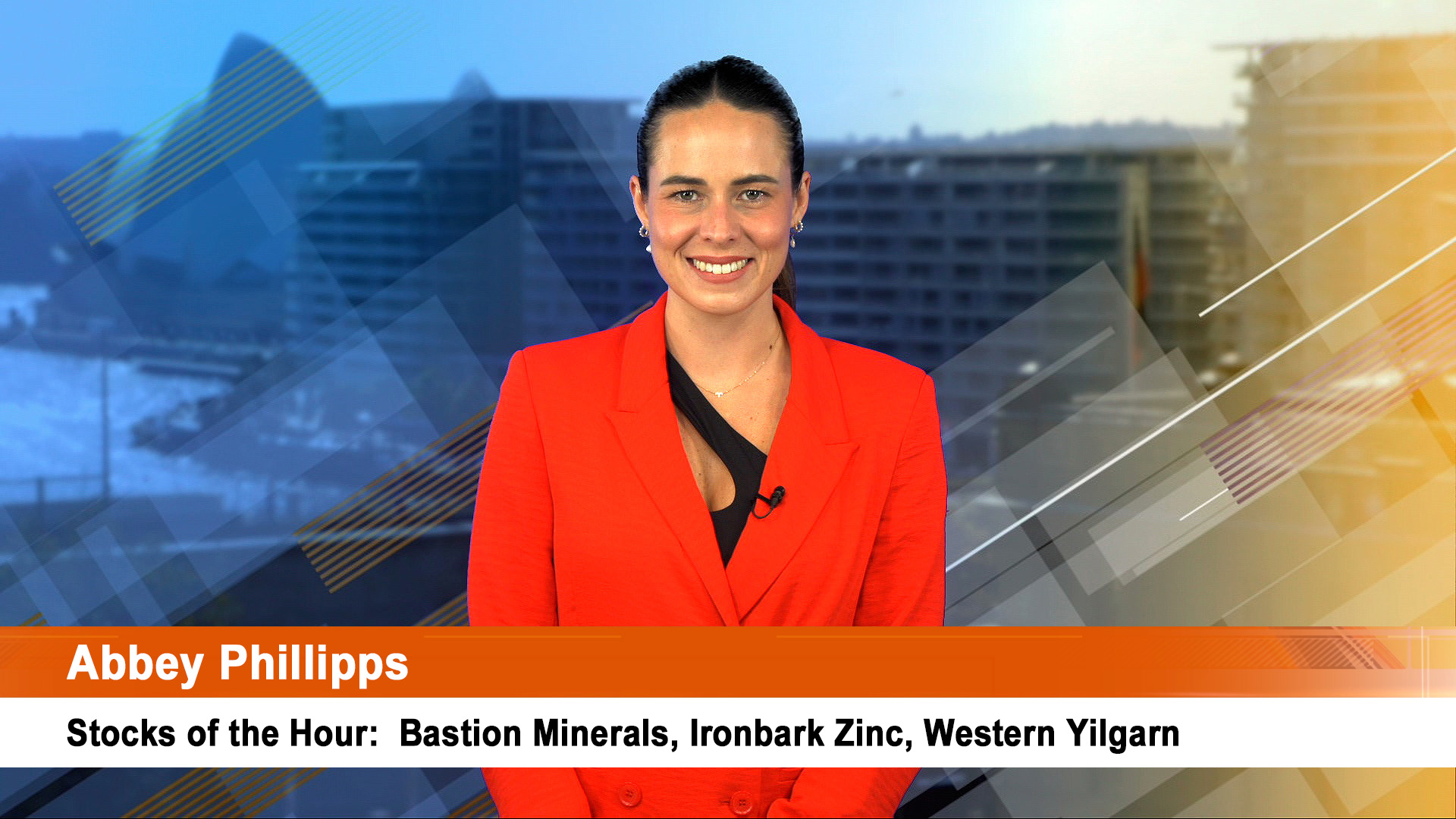
What’s the more important, India’s central government budget or the arrival of the monsoon rains?
The western economist would say the budget, the local economist, or one who understands developing and emerging economics would argue that the rains should have primacy, but the budget shouldn’t be downplayed.
Yesterday India produced its 2009-10 budget, the first for the new Congress Government of Prime Minister Manmohan Singh’s government since it was reelected by a resounding margin in May.
A goods and services tax, higher deficit and higher spending: the markets all sagged.
The central themes, measures to speed infrastructure development and unveiled increased spending for farmers and the poor. Indirect taxes will be streamlined through a goods and services tax.
The GST will be introduced from April 1 next year, which will absorb all indirect taxes and will levy only value-added production so that manufacturers don’t pay taxes twice. The fringe benefits tax will be scrapped.
The Government is obviously looking to boost revenues in coming years by eliminating tax black spots.
But everyone is nervous about the monsoon.
Over the weekend, forecasts that the monsoon rains would spread across the entire sub continent, welcome amid signs that India’s economy is defying the global downturn.
The government, in its annual economic survey, predicted late last week that economic growth could rise to around 8% this fiscal year (ending March 2010), way above private estimates closer to 5%.
If achieved that would see the Indian economy match or exceed the growth rate in China.
Indian domestic demand has held up in the face of the global downturn. Rural India continues to spend. Cars, bikes, farm equipment and consumer products remain best sellers for different groups of consumers.
On Friday, India’s weather bureau reported:
"After a hiatus of about two weeks or more mainly over parts of central & east India, southwest monsoon has advanced over the remaining parts of Gujarat, Madhya Pradesh, Chhattisgarh, Orissa, West Bengal & Sikkim and entire Bihar, Jharkhand, east Uttar Pradesh & Uttarakhand on 29 June.
"Subsequently, monsoon has advanced over many parts of northwest India on 30 June and remaining parts of northwest India on 1 and 3 July. Thus, southwest monsoon has covered the entire country about 12 days earlier than its normal schedule."
"After a long weak spell, rainfall activity increased considerably during this week.
"Monsoon was vigorous along the west coast and northeastern states during many days.
"East, central and northwest India has also experienced rainfall activity at many places with isolated heavy falls.
"However, the rainfall remained subdued over interior parts of peninsula. During the week, rainfall was excess/normal in 13 and deficient/scanty in 23 out of 36 meteorological sub-divisions.
"The cumulative seasonal rainfall for the country as a whole during this year’s monsoon has so far been 43% below the Long Period Average (LPA).
"Out of 36 meteorological sub-divisions, rainfall was excess/normal in 7 and deficient/scanty in 29 meteorological sub-divisions."
If that deficiency isn’t made up to a substantial degree over the next two months, then the budget will have been founded on a chimera.
As it was, Finance Minister Pranab Mukherjee, unveiled breaks for exporters hit by the global downturn and direct subsidies for farmers.
He also urged a return to fiscal responsibility targets as soon as possible. (A common call around the world)
“The first challenge is to return the GDP growth rate of 9 percent per annum at the earliest,” Mukherjee said. “The second challenge is to deepen and broaden the agenda for inclusive development.”
Mukherjee called on states to remove bottlenecks for infrastructure projects, and outlined plans for more flexible financing for infrastructure and development of long-distance gas pipelines.
But markets have focused in on the deficit that jumped to a worrying 6.2% of GDP in the 2009 financial year ending March 31.
There were fears the global downturn will see that rise to 6.5% this financial year, but that proved to be conservative: the estimate in the budget was a worrying 6.8%.
The Government says that will be cut to 5.5% of GDP in the 2011 year.
Economists say that including off-budget items like subsidies for fuel and food, as well as state shortfalls, India’s overall fiscal deficit for the year that ended in March was about 10% of GDP.
Even though the Government allowed fuel prices to rise on Friday, the total deficit for all levels of government could be well above 10%.
That compares with more than 12% for the US, 3% for China and around 5% for Australia.
If India manages growth around 8%, it will be up on the 2009 financial year.
That was weaker than the 9% in the previous couple of years.
Markets and the currency fell in the wake of the budget.
India’s Sensitive stock index had risen 23% since Singh’s electoral triumph on May 16. After a 17% jump in the two days after the poll, the markets have edged higher as they awaited the budget, and the rains.
News of the higher deficit estimate saw the market fall more than 5.8%, slashing the advance since the election.
Moody’s Investors Service places India’s long-term local currency rating at Ba2, two levels below investment grade. Standard & Poor’s and Fitch Ratings have a BBB- lon













